
Did you know that Colgate once decided to sell frozen dinners, and in 2012 Bic released Lady Pens for all the women out there? Sounds weird, right? Well, launching a new product is not easy, and if you are a famous brand where certain things are associated with your name, the task is almost impossible. In this post, we have compiled a list of 40 failed products that were not a good idea at all. We are quite sure that even the companies regretted their decision instantly! Scroll down and check it out, folks! Don’t forget to share this post with your friends.
#1 Kitchen Entrees, Colgate, 1982
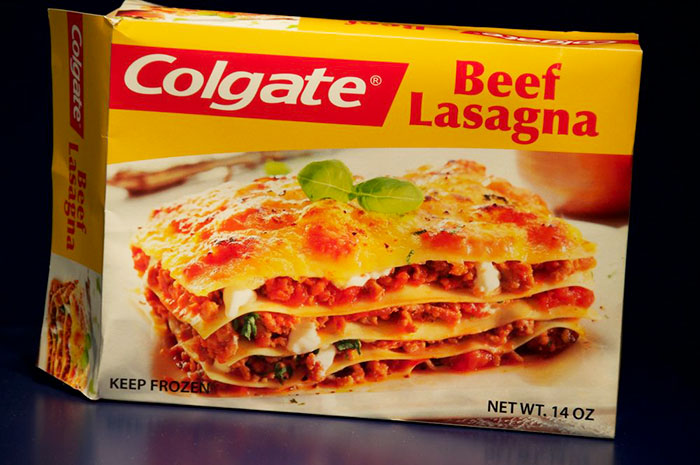 In 1982 Colgate came up with the weirdest brand extension idea. They decided to sell frozen dinners. This plan backfired, probably because consumers couldn’t help but think that the Colgate food tasted just like their toothpaste. No company launches a product thinking that it will decrease sales of their other products, but Colgate should’ve seen it coming. Their toothpaste sales plummeted after the launch of the kitchen entrees line.
In 1982 Colgate came up with the weirdest brand extension idea. They decided to sell frozen dinners. This plan backfired, probably because consumers couldn’t help but think that the Colgate food tasted just like their toothpaste. No company launches a product thinking that it will decrease sales of their other products, but Colgate should’ve seen it coming. Their toothpaste sales plummeted after the launch of the kitchen entrees line.
#2 Office Assistant Clippy, Microsoft, 1990s
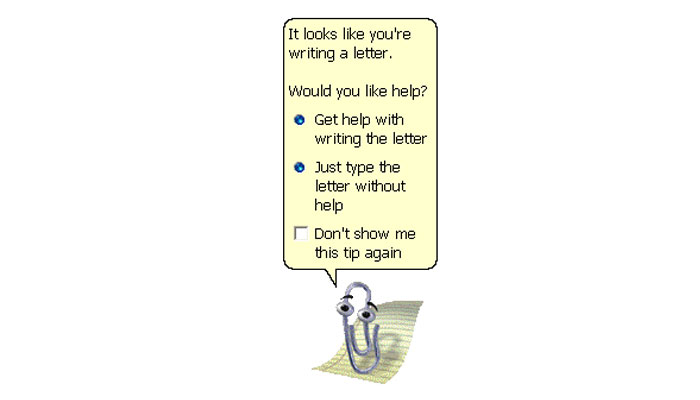 Clippy is described by some as one of the worst user interfaces ever developed. Clippy was designed to pop up whenever the software thought that the user needed help and managed to annoy quite a few people. After Microsoft acknowledged it’s unpopularity they decided to remove the feature.
Clippy is described by some as one of the worst user interfaces ever developed. Clippy was designed to pop up whenever the software thought that the user needed help and managed to annoy quite a few people. After Microsoft acknowledged it’s unpopularity they decided to remove the feature.
#3 Ez Squirt Ketchup, Heinz, 2006
 In 2000 Heinz decided to add an unexpected twist to their ketchup to catch children’s attention. They came up with Ez Squirt colored ketchup which came in three main colors: teal, green, and purple. The idea wasn’t meant to last on the market. After 6 years it was discontinued.
In 2000 Heinz decided to add an unexpected twist to their ketchup to catch children’s attention. They came up with Ez Squirt colored ketchup which came in three main colors: teal, green, and purple. The idea wasn’t meant to last on the market. After 6 years it was discontinued.
#4 Bic For Her, 2012
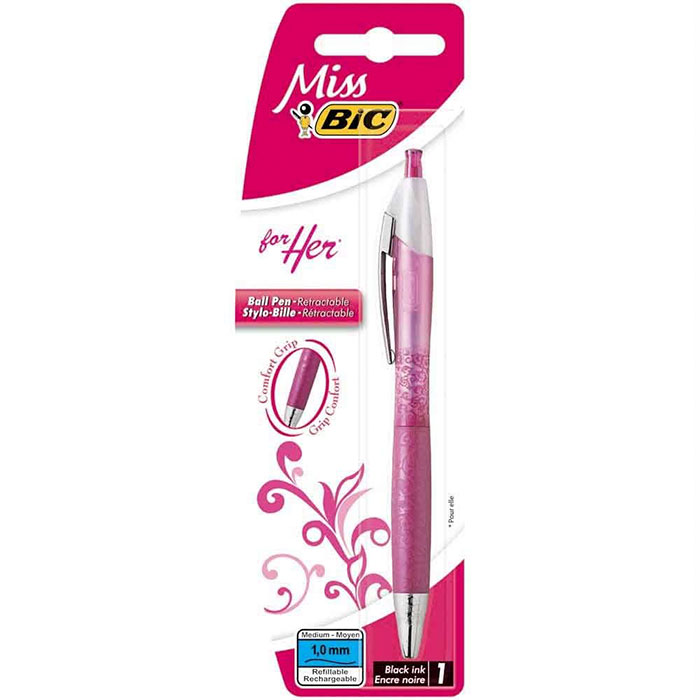 In 2012 Bic released a product for women they didn’t even know they needed – “lady pens”. These pointlessly gendered pens were mocked and failed to gain a consumer base
In 2012 Bic released a product for women they didn’t even know they needed – “lady pens”. These pointlessly gendered pens were mocked and failed to gain a consumer base
#5 Frito-Lay Wow! Chips, 1998
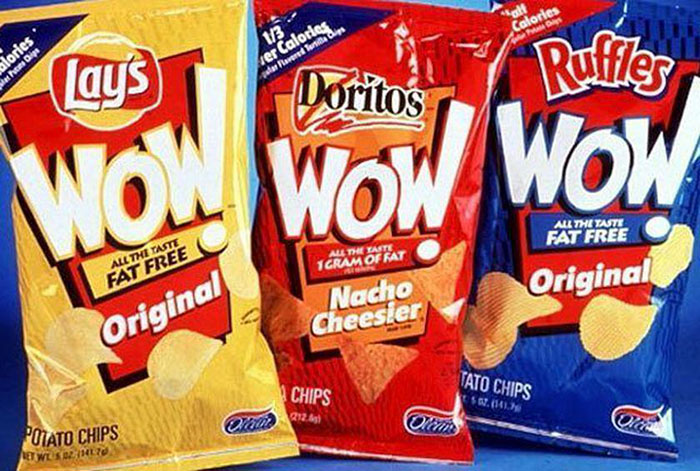 In 1998 Frito-Lay introduced new fat-free potato chips. People got caught up in the hype of this “miracle food” and within the first year sales reached $400 million. Sales plummeted soon after, however, when it was revealed that the chips contain Olestra, a fat substitute that causes abdominal cramping and loose stools.
In 1998 Frito-Lay introduced new fat-free potato chips. People got caught up in the hype of this “miracle food” and within the first year sales reached $400 million. Sales plummeted soon after, however, when it was revealed that the chips contain Olestra, a fat substitute that causes abdominal cramping and loose stools.
#6 Google +, 2011
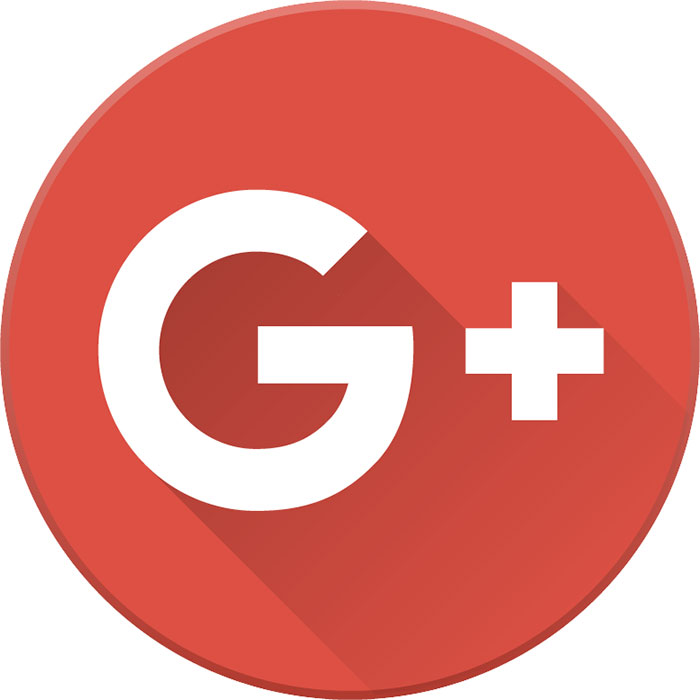 In 2011 Google launched its new social network Google+. However, it never lived up to their expectations of becoming a Facebook competitor. It was a huge disappointment
In 2011 Google launched its new social network Google+. However, it never lived up to their expectations of becoming a Facebook competitor. It was a huge disappointment
#7 Trump Steaks, Donald Trump, 2007
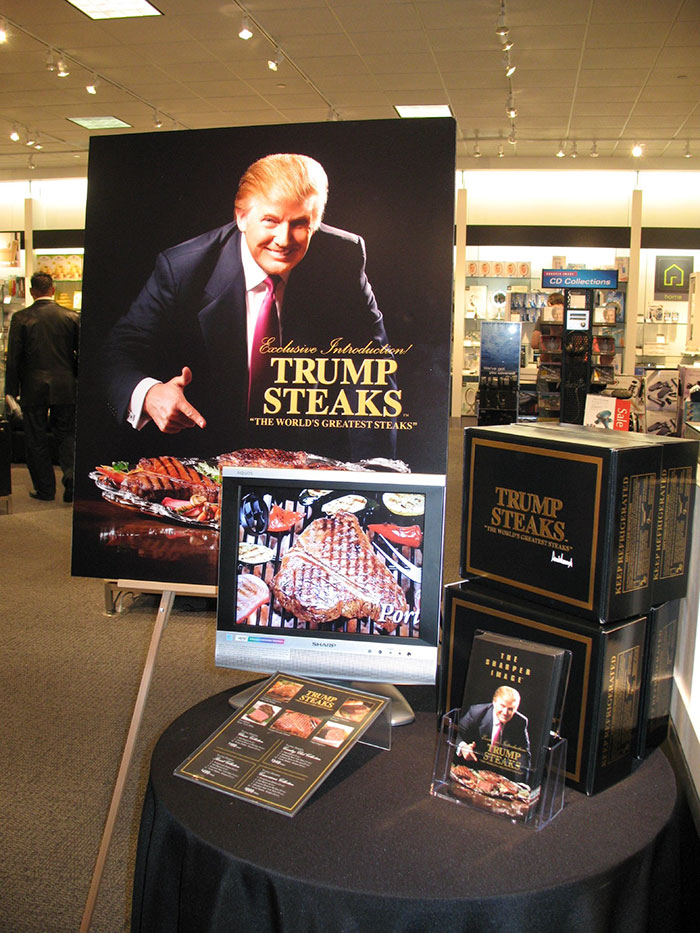 Donald Trump kicked off his “world’s greatest” line of premium steaks in 2007. However, consumers didn’t agree with the description ‘great’. The product was discontinued after just two months for sales failures.
Donald Trump kicked off his “world’s greatest” line of premium steaks in 2007. However, consumers didn’t agree with the description ‘great’. The product was discontinued after just two months for sales failures.
#8 Rejuvenique Face Mask, 1999
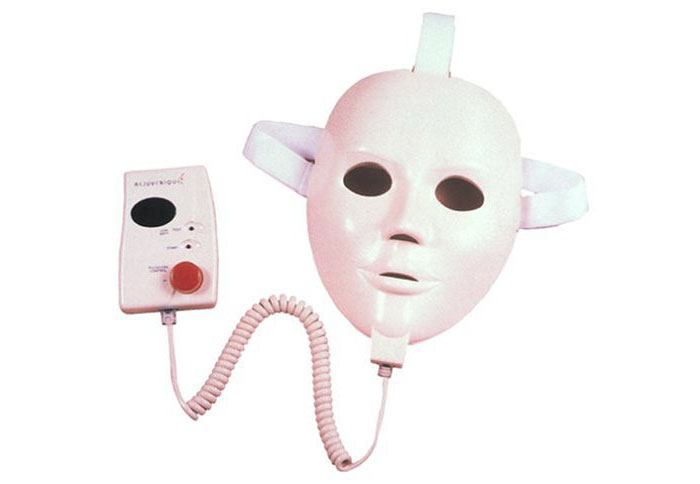 In 1999 the nightmarish Rejuvenique Facial Toning Mask was launched. This creepy mask was intended to tighten facial muscles with… shock therapy. Consumers revealed that it feels as bad as it sounds.
In 1999 the nightmarish Rejuvenique Facial Toning Mask was launched. This creepy mask was intended to tighten facial muscles with… shock therapy. Consumers revealed that it feels as bad as it sounds.
#9 Crystal Pepsi, 1992
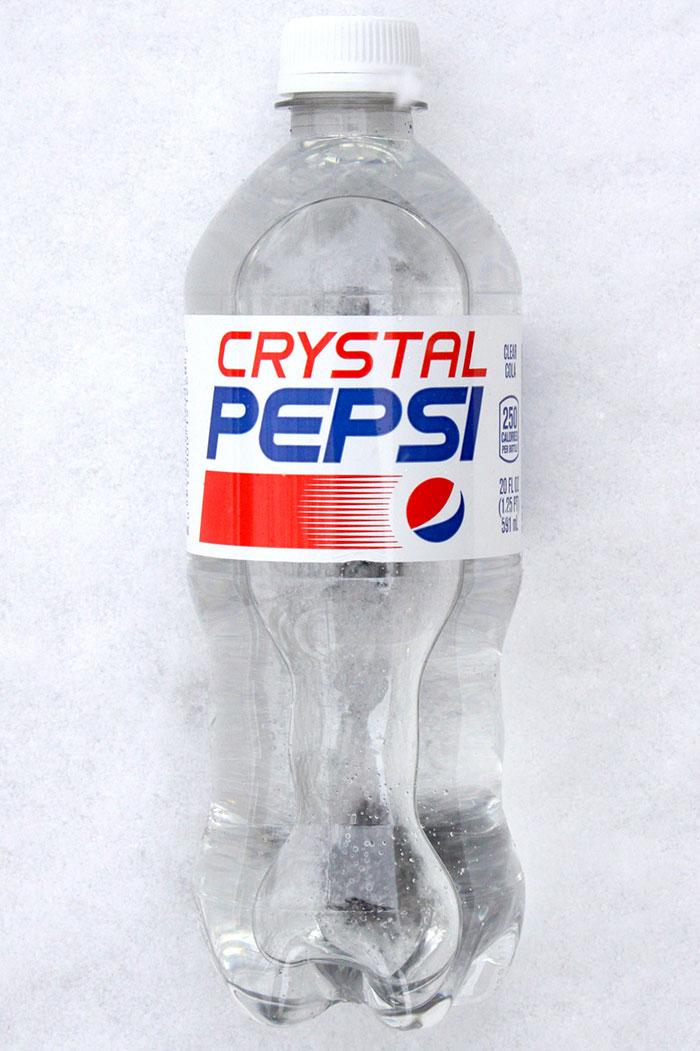 In 1992 Pepsi introduced a new product called “Crystal Pepsi”. The product died a year later. David C. Novak, who is credited with introducing the concept, admitted: “It would have been nice if I’d made sure the product tasted good.”
In 1992 Pepsi introduced a new product called “Crystal Pepsi”. The product died a year later. David C. Novak, who is credited with introducing the concept, admitted: “It would have been nice if I’d made sure the product tasted good.”
#10 Cheetos Lip Balm, Cheetos, 2005
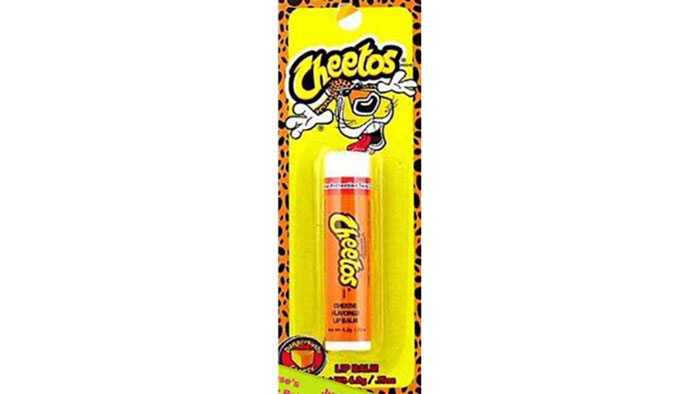 In 2005 someone at Frito-Lay decided it would be a great idea to launch a Cheetos’ flavored lip balm. Even those of us who have never tried Cheetos can understand why this idea flopped.
In 2005 someone at Frito-Lay decided it would be a great idea to launch a Cheetos’ flavored lip balm. Even those of us who have never tried Cheetos can understand why this idea flopped.
#11 Twitter Peek, 2009
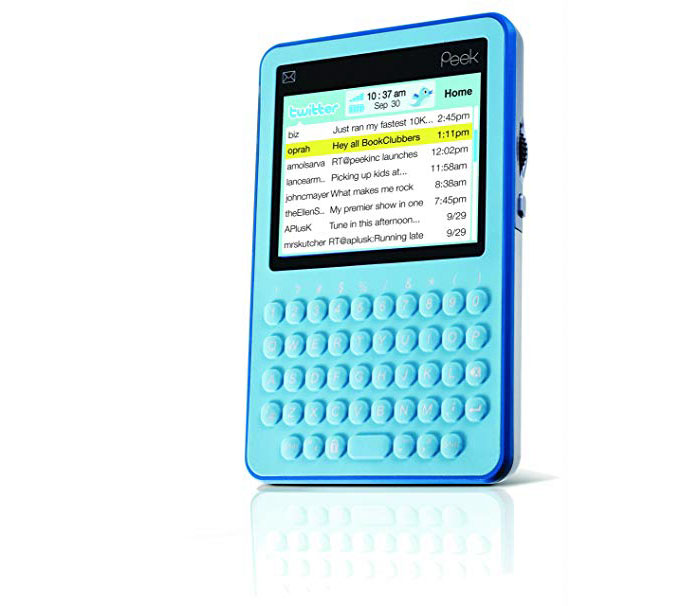 Launched in 2009, TwitterPeek was the first and the last Twitter-only mobile device. The product was created to do only one thing – send and receive tweets, but managed to fail at this simple function. The device gave only a 20-character preview of the tweets. It was no surprise that consumers made a hard pass on this device.
Launched in 2009, TwitterPeek was the first and the last Twitter-only mobile device. The product was created to do only one thing – send and receive tweets, but managed to fail at this simple function. The device gave only a 20-character preview of the tweets. It was no surprise that consumers made a hard pass on this device.
#12 Thirsty Cat! And Thirsty Dog!, 1994
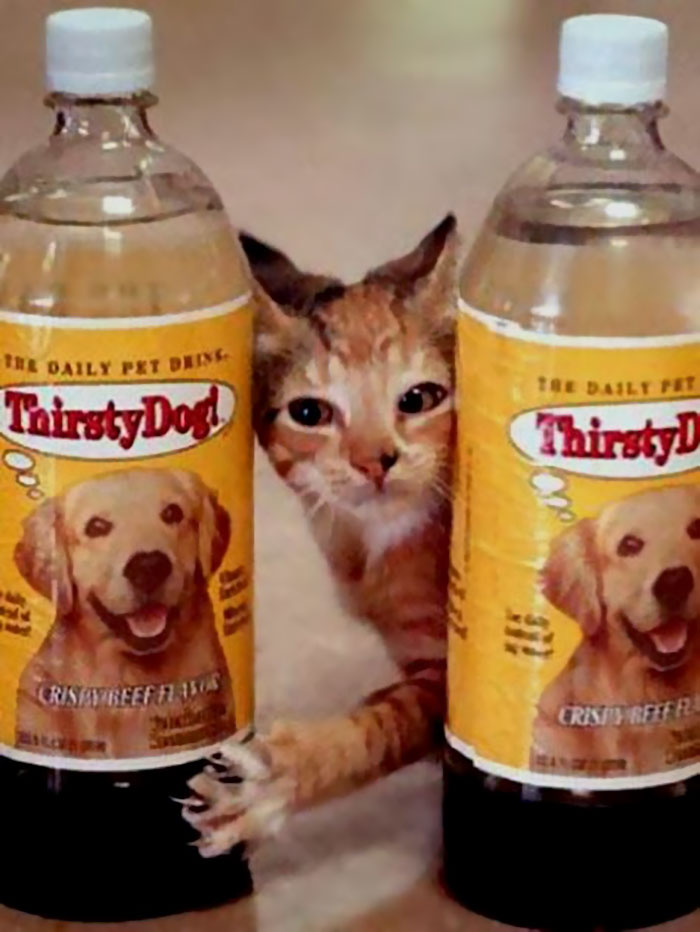 In 1994 a bottled water made for cats and dogs was launched. The beverage was carbonated, vitamin enriched and flavored. The product flopped after consumers realized it was completely unnecessary to give their pets, what was essentially soda.
In 1994 a bottled water made for cats and dogs was launched. The beverage was carbonated, vitamin enriched and flavored. The product flopped after consumers realized it was completely unnecessary to give their pets, what was essentially soda.
#13 Samsung Galaxy Note 7, 2016
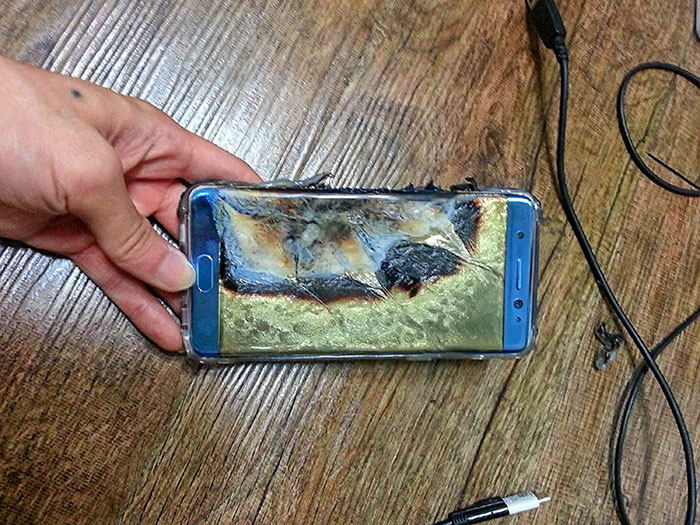 In 2017 everyone was talking about this explosive failure – the Samsung Galaxy Note 7. It lasted less than a year in the market after Samsung had to recall around 2.5million phones, due to complaints of overheating and exploding batteries.
In 2017 everyone was talking about this explosive failure – the Samsung Galaxy Note 7. It lasted less than a year in the market after Samsung had to recall around 2.5million phones, due to complaints of overheating and exploding batteries.
#14 Hoverboards, 2015
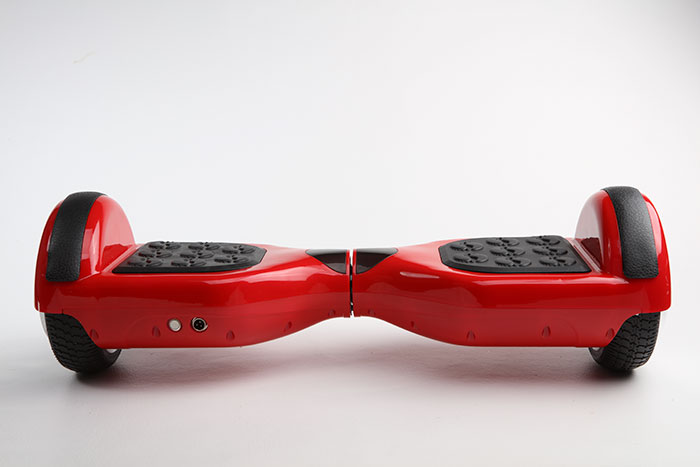 In 2015 hoverboards turned out to be one of the biggest tech flops. Why? Because they could potentially catch fire and burn your house down.
In 2015 hoverboards turned out to be one of the biggest tech flops. Why? Because they could potentially catch fire and burn your house down.
#15 Juicero, 2017
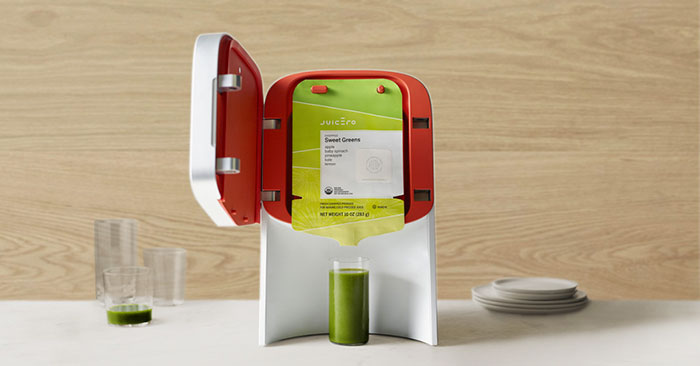 In 2013 Juicero introduced a juicer called the Juicero Press. This device was sold with packets of pre-juiced fruits and vegetables sold exclusively by the company. They were humiliated when consumers realized that the packets could be squeezed by hand just as efficiently as with the juicer. Later, Juicero announced that it was suspending their juicer sales and repurchasing the products from customers.
In 2013 Juicero introduced a juicer called the Juicero Press. This device was sold with packets of pre-juiced fruits and vegetables sold exclusively by the company. They were humiliated when consumers realized that the packets could be squeezed by hand just as efficiently as with the juicer. Later, Juicero announced that it was suspending their juicer sales and repurchasing the products from customers.
#16 Google Glass, 2013-2014
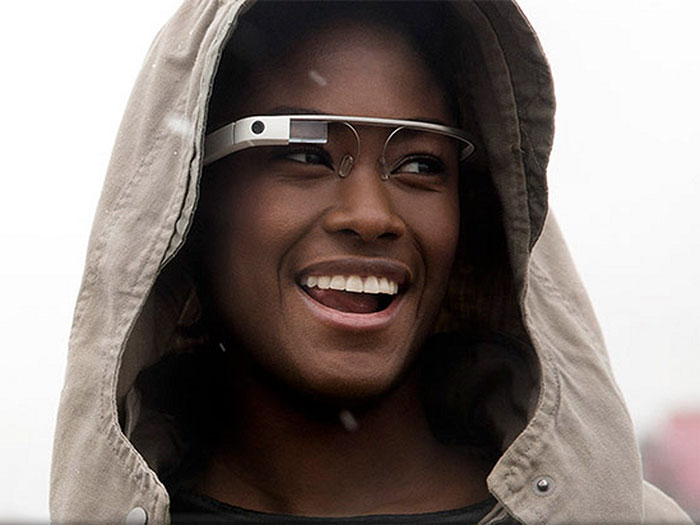 Google Glass, launched in 2013, was a very flawed attempt to create smart glasses. The device retailed for $1,500 and failed to carry out any of its intended functions well. These high-tech glasses also reportedly raised some very serious safety and privacy concerns.
Google Glass, launched in 2013, was a very flawed attempt to create smart glasses. The device retailed for $1,500 and failed to carry out any of its intended functions well. These high-tech glasses also reportedly raised some very serious safety and privacy concerns.
#17 New Coke, Coca-Cola Co, 1985
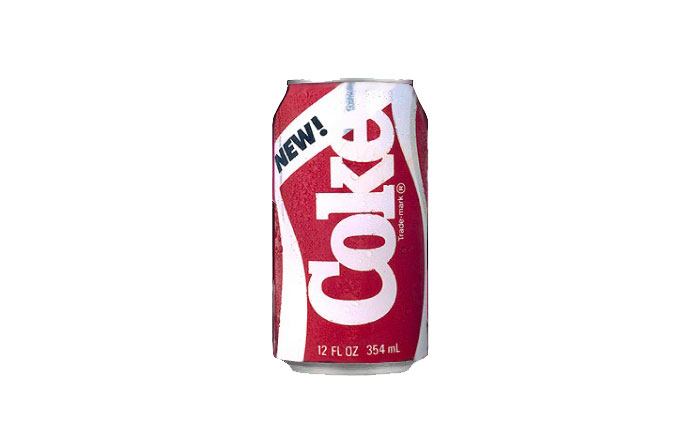 In 1985 Coca-Cola Co. decided to reformulate Coke. The company invested $4 million into a nationwide taste test. And despite the New Coke doing well in taste tests, after the launch, people’s reactions were extremely negative. Within three months of the New Coke’s release, the company had to reintroduce the original formula and rebrand it as Coca-Cola Classic.
In 1985 Coca-Cola Co. decided to reformulate Coke. The company invested $4 million into a nationwide taste test. And despite the New Coke doing well in taste tests, after the launch, people’s reactions were extremely negative. Within three months of the New Coke’s release, the company had to reintroduce the original formula and rebrand it as Coca-Cola Classic.
#18 Cocaine, Redux Beverages 2007
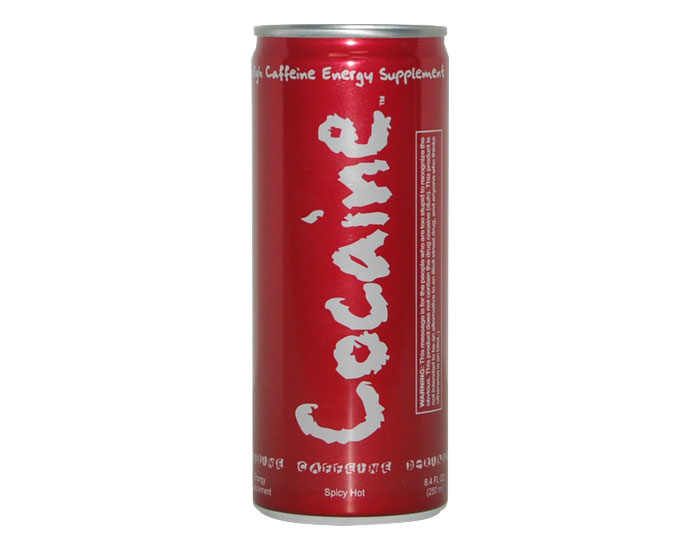 This energy drink was pulled from shelves in the US because of its suggestive name. The FDA decided that Cocaine was “was illegally marketing the drink as both a street drug alternative and a dietary supplement”. The drink is still sold in Europe under its original name.
This energy drink was pulled from shelves in the US because of its suggestive name. The FDA decided that Cocaine was “was illegally marketing the drink as both a street drug alternative and a dietary supplement”. The drink is still sold in Europe under its original name.
#19 E.t. The Extra-Terrestrial, Atari, 1982
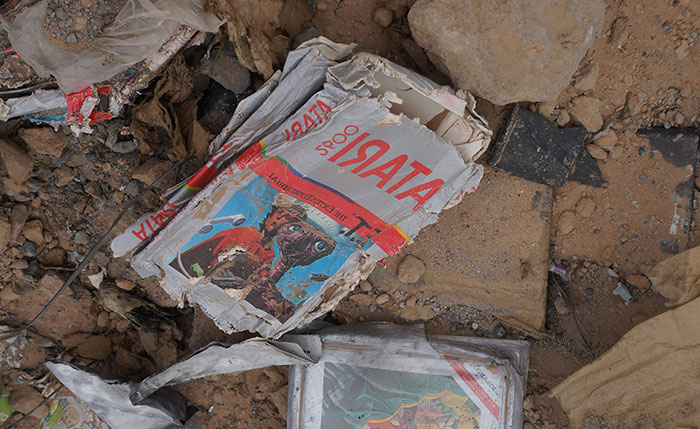 Atari spent $20 million to secure the box office hit E.T. the Extra-Terrestrial thinking they had found a profitable source for video game development. The company produced 4 million cartridges however 2.5 million were left unsold and were dumped in a landfill
Atari spent $20 million to secure the box office hit E.T. the Extra-Terrestrial thinking they had found a profitable source for video game development. The company produced 4 million cartridges however 2.5 million were left unsold and were dumped in a landfill
#20 Amazon’s Fire Phone, 2014
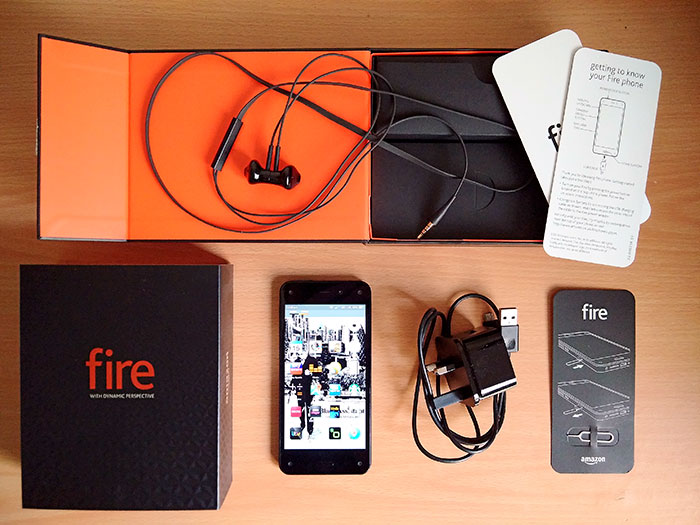 Amazon decided to enter the smartphone market with the Fire Phone in 2014. However, it was very unsuccessful and was discontinued a year later. The company’s CEO Tom Szkutak indicated that the pricing strategy was to blame for this product fail.
Amazon decided to enter the smartphone market with the Fire Phone in 2014. However, it was very unsuccessful and was discontinued a year later. The company’s CEO Tom Szkutak indicated that the pricing strategy was to blame for this product fail.
#21 Delorean Dmc-12, Delorean Motor Company, 1981
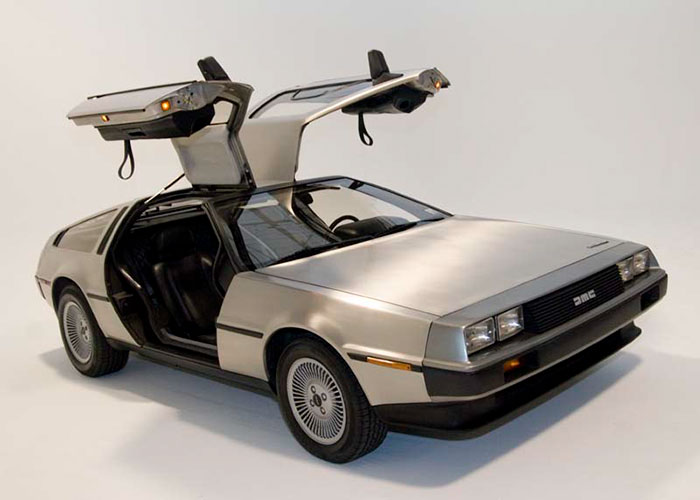 You probably know this car for its appearance in the movie Back to the Future movie. Notable for its gull-wing doors, the car was plagued by performance and safety issues. It was on the market only for three years before production was stopped.
You probably know this car for its appearance in the movie Back to the Future movie. Notable for its gull-wing doors, the car was plagued by performance and safety issues. It was on the market only for three years before production was stopped.
#22 Jimmy Dean Chocolate Chip Pancake-Wrapped Sausage, 2006
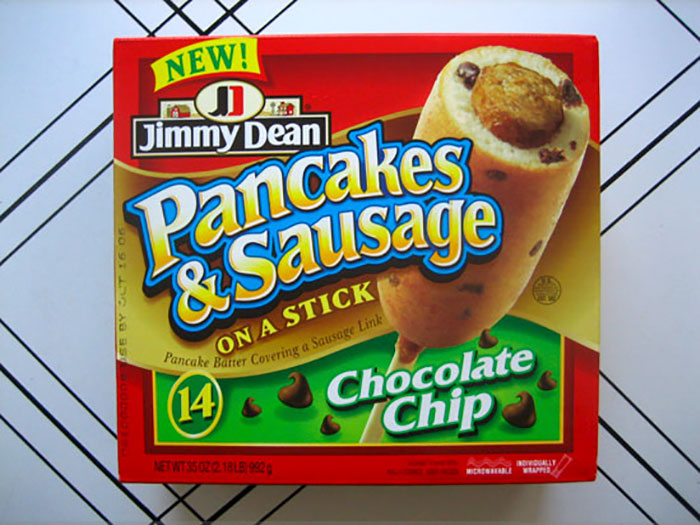 In 2016 Jimmy Dean introduced a strange combination – sausage links wrapped in chocolate chip pancakes on a stick. The saying “it might be crazy enough to work” did not apply to this product.
In 2016 Jimmy Dean introduced a strange combination – sausage links wrapped in chocolate chip pancakes on a stick. The saying “it might be crazy enough to work” did not apply to this product.
#23 Premier Smokeless Cigarettes, Rj Reynolds Tobacco Company, 1989
 In 1988 RJ Reynolds Tobacco decided to develop a smokeless cigarette. The company invested $325 million into manufacturing their new Premier line which, according to the CEO of the company “tasted like sh*t”. It’s no surprise people didn’t buy them.
In 1988 RJ Reynolds Tobacco decided to develop a smokeless cigarette. The company invested $325 million into manufacturing their new Premier line which, according to the CEO of the company “tasted like sh*t”. It’s no surprise people didn’t buy them.
#24 Windows Vista, Microsoft, 2007
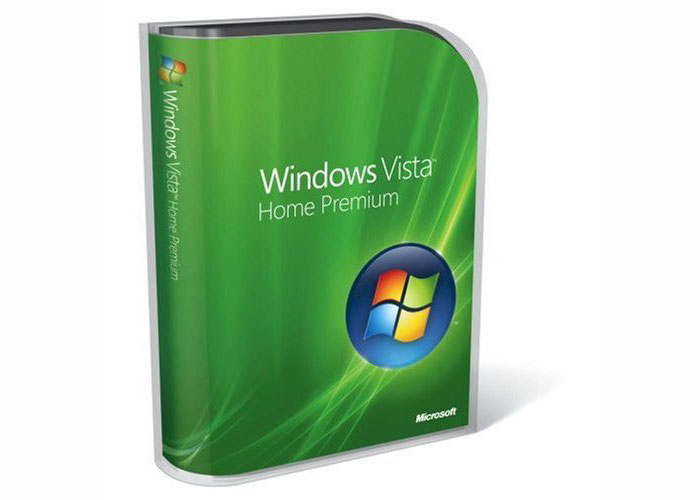 Operating system Windows Vista, released in 2007, turned out to be a huge failure. It flopped due to issues with new security features, performance, driver support and product activation.
Operating system Windows Vista, released in 2007, turned out to be a huge failure. It flopped due to issues with new security features, performance, driver support and product activation.
#25 Orbitz Soda, Clearly Canadian Beverage Corporation, 1997
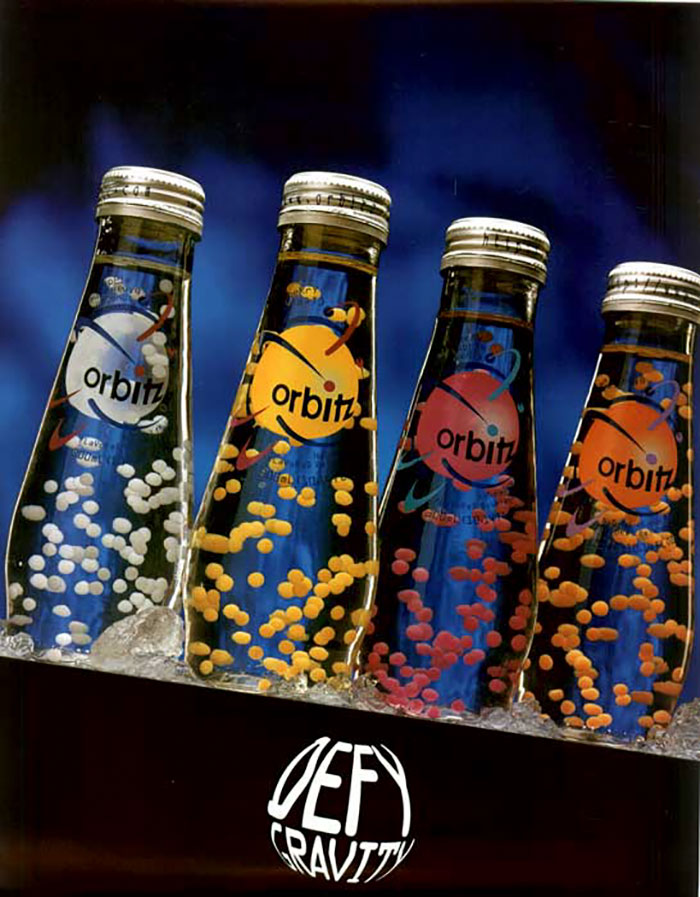 Orbitz drink which resembles a lava lamp caught consumers attention in 1988. However, according to reviews, its taste wasn’t worth the hype. People began comparing the beverage to cough syrup and the gel balls were only making the taste worse.
Orbitz drink which resembles a lava lamp caught consumers attention in 1988. However, according to reviews, its taste wasn’t worth the hype. People began comparing the beverage to cough syrup and the gel balls were only making the taste worse.
#26 Pepsi Blue, 2002
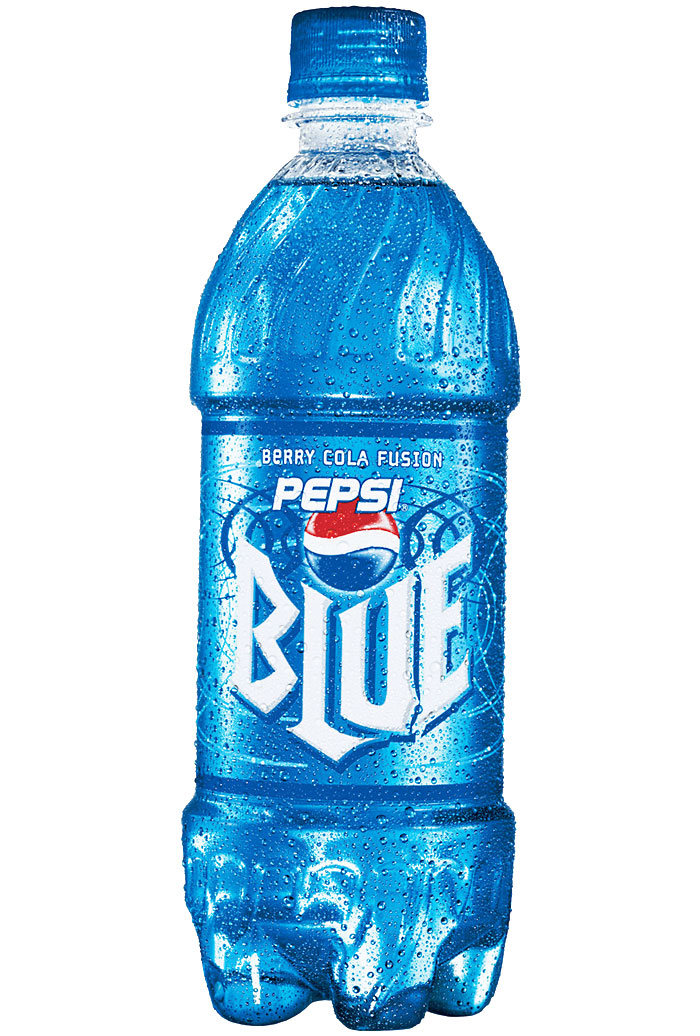 In 2002 Pepsi launched their Pepsi Blue drink, to compete with Vanilla Coke. Despite being heavily promoted this new beverage flopped. It was supposed to taste like berries, however, consumers said it tasted more like cotton candy with a berry-like aftertaste.
In 2002 Pepsi launched their Pepsi Blue drink, to compete with Vanilla Coke. Despite being heavily promoted this new beverage flopped. It was supposed to taste like berries, however, consumers said it tasted more like cotton candy with a berry-like aftertaste.
#27 Blak, Coca-Cola, 2006
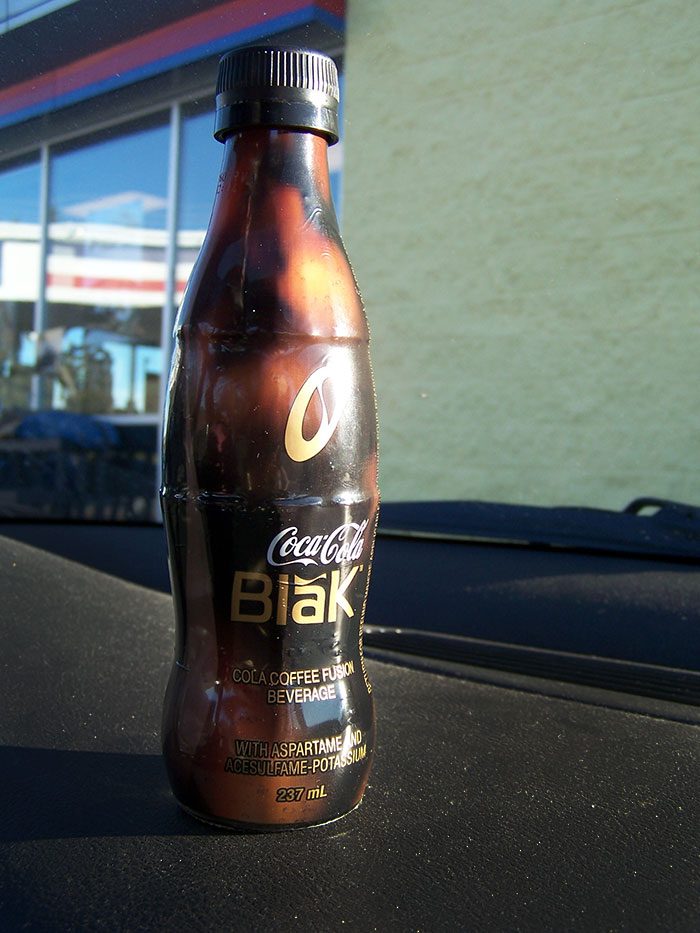 In 2006 Coca-Cola combined Cola with coffee to create Coca-Cola Blak. The drink was shelved a couple years later when people began to complain about the poor taste and excess caffeine.
In 2006 Coca-Cola combined Cola with coffee to create Coca-Cola Blak. The drink was shelved a couple years later when people began to complain about the poor taste and excess caffeine.
#28 Pepsi A.m, 1989
 In 1989 Pepsi introduced Pepsi A.M. This new formula contained more caffeine than regular Pepsi and was marketed as a morning drink. However, consumers were not fond of the idea of drinking Pepsi for breakfast. As a result, Persi A.M. was discontinued a year later
In 1989 Pepsi introduced Pepsi A.M. This new formula contained more caffeine than regular Pepsi and was marketed as a morning drink. However, consumers were not fond of the idea of drinking Pepsi for breakfast. As a result, Persi A.M. was discontinued a year later
#29 Parfum Bic, 1989 – 1990
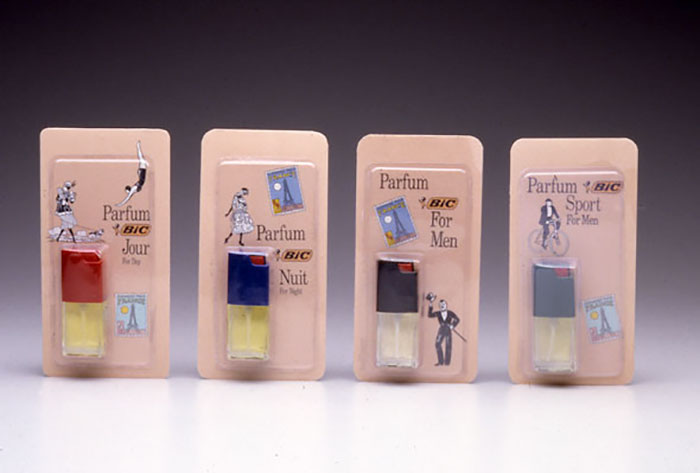 In 1989 Bic decided to launch a completely unrelated product to its brand – perfume. People were not impressed. Bic removed the fragrance off shelves the following year, swallowing an estimated $11 million loss.
In 1989 Bic decided to launch a completely unrelated product to its brand – perfume. People were not impressed. Bic removed the fragrance off shelves the following year, swallowing an estimated $11 million loss.
#30 Cosmopolitan Yogurt, 1999
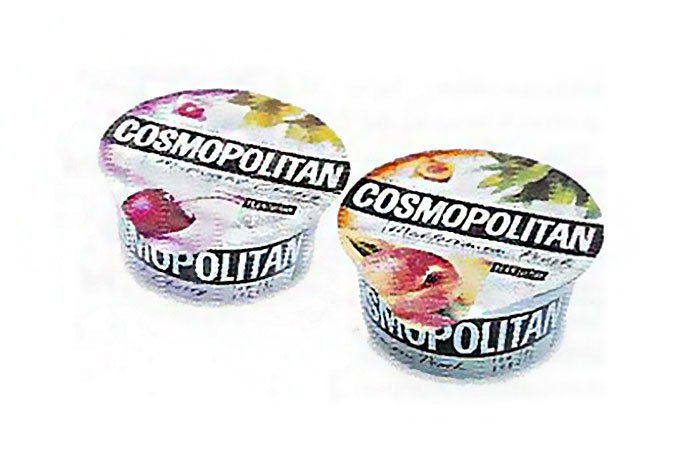 In 1999 Cosmopolitan magazine decided to get into the food game. They came up with the idea of Cosmopolitan yogurt. While yogurt itself seemed to appeal to their target demographic, Cosmopolitan was unable to sell their brand. It was discontinued after only 18 months.
In 1999 Cosmopolitan magazine decided to get into the food game. They came up with the idea of Cosmopolitan yogurt. While yogurt itself seemed to appeal to their target demographic, Cosmopolitan was unable to sell their brand. It was discontinued after only 18 months.
#31 Gerber Singles, 1974
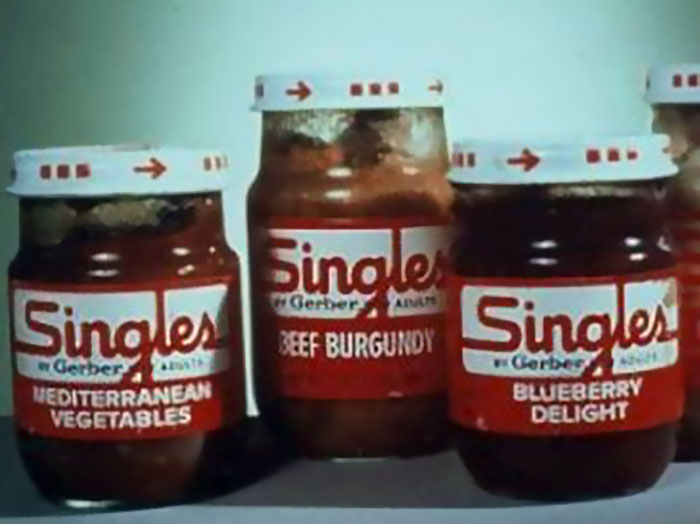 In 1974 the baby-food giant, Gerber, came up with the idea to create a ‘baby food’ for adults. Gerber believed that there’s a market for ready to eat food in a jar, but oh how wrong they were. Consumers didn’t find jars of meat mush very appetizing and Gerber Singles failed badly.
In 1974 the baby-food giant, Gerber, came up with the idea to create a ‘baby food’ for adults. Gerber believed that there’s a market for ready to eat food in a jar, but oh how wrong they were. Consumers didn’t find jars of meat mush very appetizing and Gerber Singles failed badly.
#32 Segway, 2001
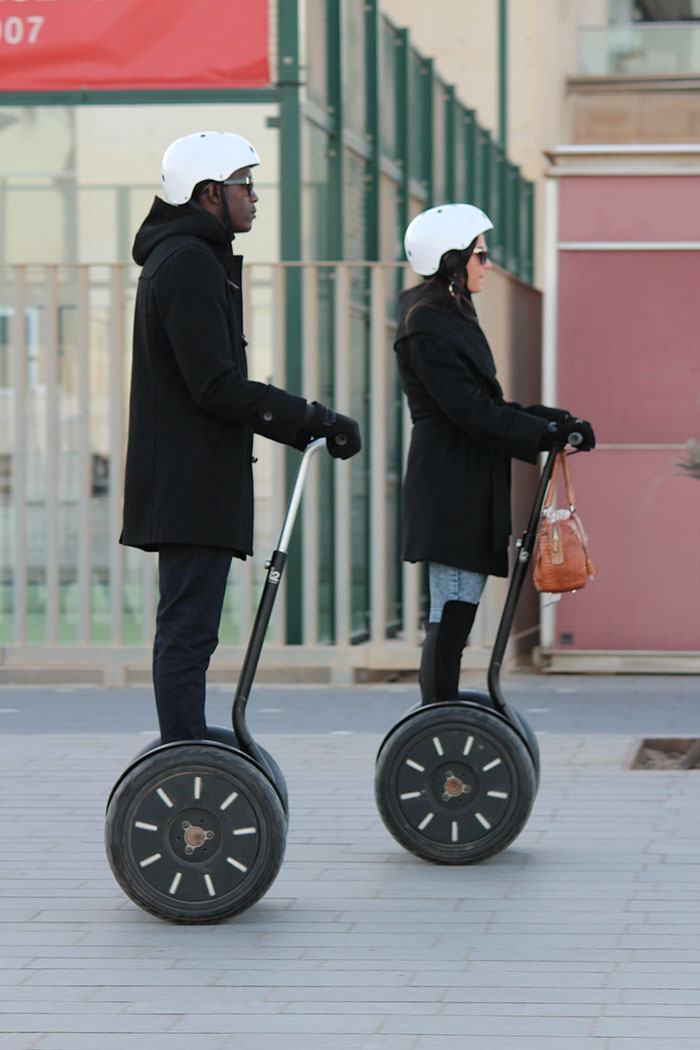 Segway was launched in 2001 with very high expectations. However, this two-wheeled expensive vehicle failed to live up to the hype. It came with a price tag of $5,000 and despite being quite innovative it just wasn’t that appealing or necessary to consumers.
Segway was launched in 2001 with very high expectations. However, this two-wheeled expensive vehicle failed to live up to the hype. It came with a price tag of $5,000 and despite being quite innovative it just wasn’t that appealing or necessary to consumers.
#33 Nokia N-Gage, Nokia, 2003
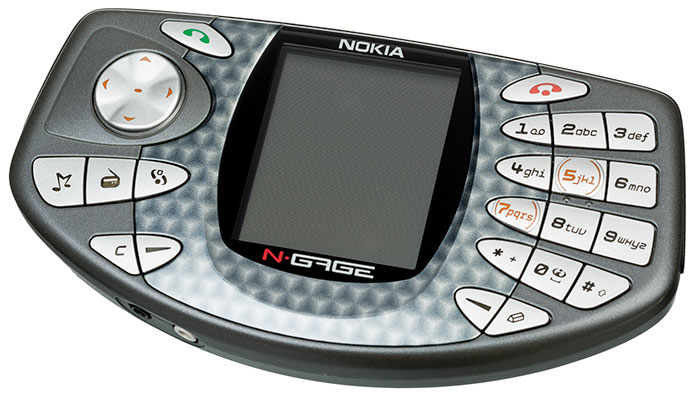 Back in 2003 before everyone was playing games on their smartphones, Nokia decided to combine phones and gaming. The company expected a better reception to their Nokia N-gage, but it ended up being a total fail. This ‘taco phone’, as some people began referring to it, only managed to reach one-third of its 6 million units in sales.
Back in 2003 before everyone was playing games on their smartphones, Nokia decided to combine phones and gaming. The company expected a better reception to their Nokia N-gage, but it ended up being a total fail. This ‘taco phone’, as some people began referring to it, only managed to reach one-third of its 6 million units in sales.
#34 Sony Betamax, 1975
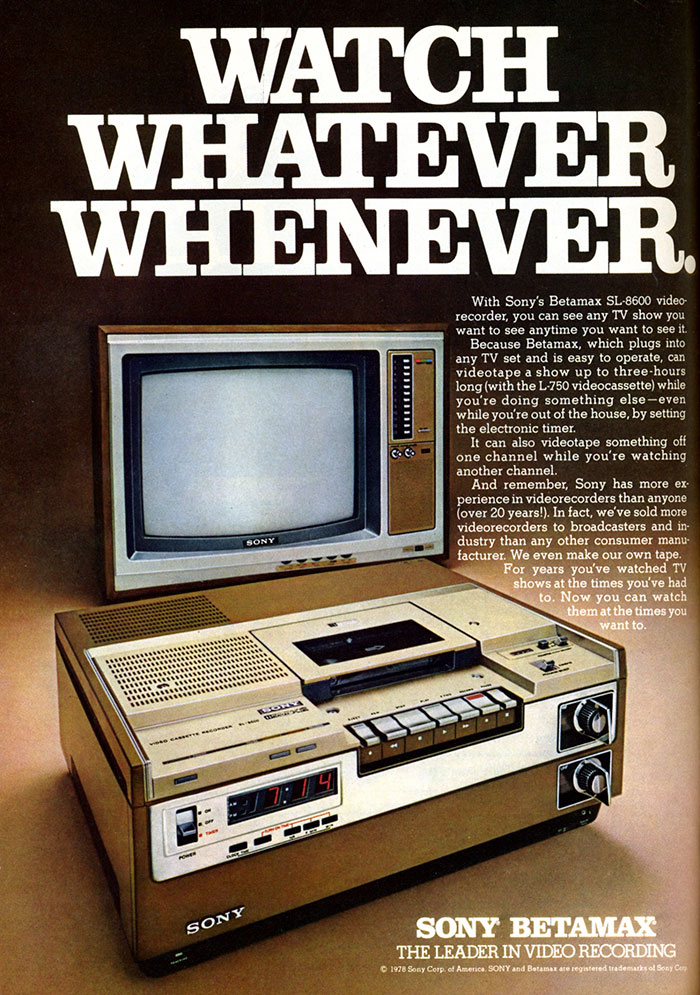 Sony Betamax was released in 1975 and it was a huge mistake because its rivals started selling VHS machines. The Betamax format was crushed in the “videotape format war” by the VHS. Consumers preferred it mainly because VHS recording time was 2 hours, and it allowed most feature films to be recorded without a tape change.
Sony Betamax was released in 1975 and it was a huge mistake because its rivals started selling VHS machines. The Betamax format was crushed in the “videotape format war” by the VHS. Consumers preferred it mainly because VHS recording time was 2 hours, and it allowed most feature films to be recorded without a tape change.
#35 Trump: The Game, 1989
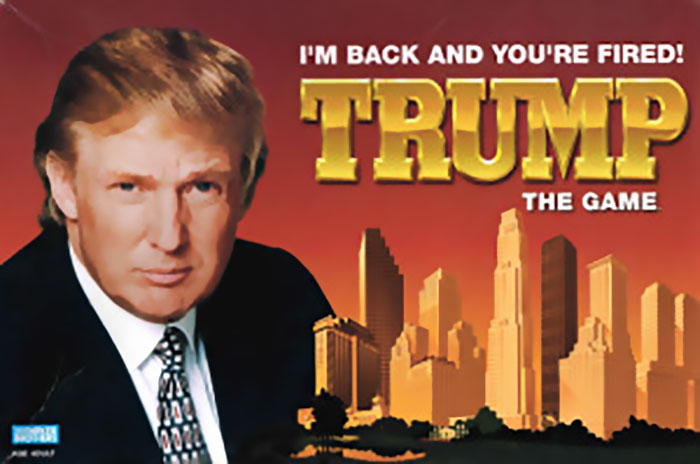 In 2011 Time magazine listed this game among “Top 10 Donald Trump Failures”. This game was released in 1989 with only 800,000 copies sold out of an expected two million.
In 2011 Time magazine listed this game among “Top 10 Donald Trump Failures”. This game was released in 1989 with only 800,000 copies sold out of an expected two million.
#36 Mcdonald’s Arch Deluxe, 1996
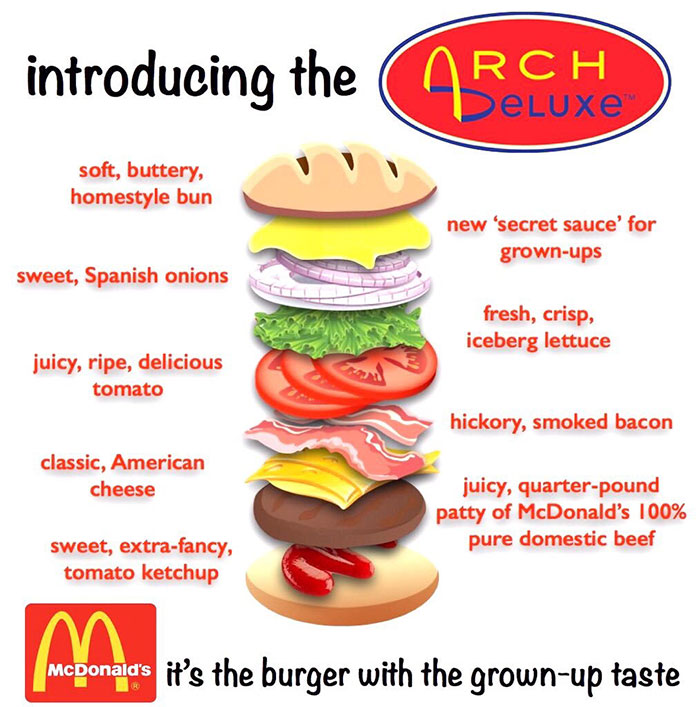 In 1996 McDonald decided to broaden its target demographic by introducing a burger Arch Deluxe. Mustard-mayonnaise sauce was supposed to appeal to adult tastes, however, even a $100 million advertising campaign couldn’t convince grown-ups to eat the burger. The Arch Deluxe was soon discontinued and its marketing campaign now is considered to be one of the most expensive flops of all time.
In 1996 McDonald decided to broaden its target demographic by introducing a burger Arch Deluxe. Mustard-mayonnaise sauce was supposed to appeal to adult tastes, however, even a $100 million advertising campaign couldn’t convince grown-ups to eat the burger. The Arch Deluxe was soon discontinued and its marketing campaign now is considered to be one of the most expensive flops of all time.
#37 Hot Wheels And Barbie Computers, 1999
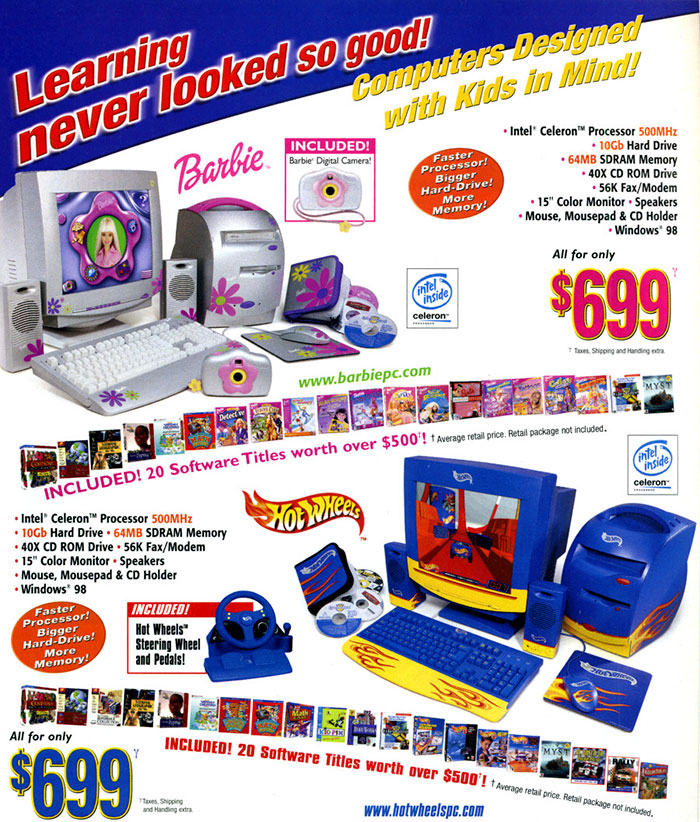 Hot Wheels and Barbie computers came with so many manufacturing issues that it drove the company out of business, with thousands of unfilled orders.
Hot Wheels and Barbie computers came with so many manufacturing issues that it drove the company out of business, with thousands of unfilled orders.
#38 Microsoft Zune, 2006
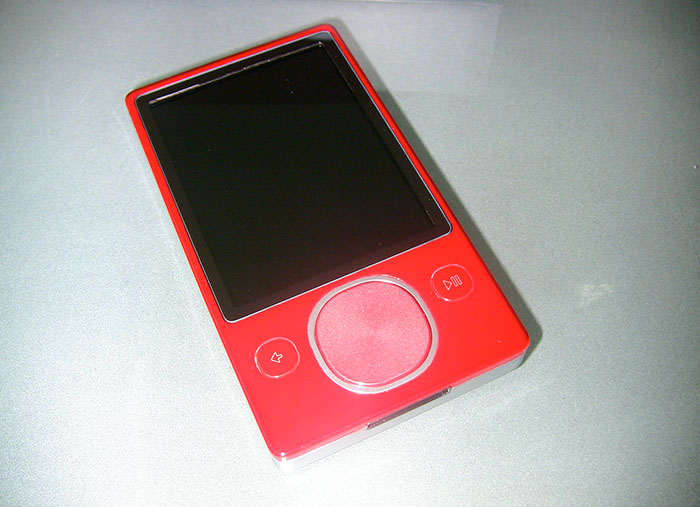 In 2006 Microsoft came up with the Zune, a product that was supposed to rival the iPod. However, Zune failed to convince consumers that it was on par with the iPod. In 2011 Zune players were discontinued.
In 2006 Microsoft came up with the Zune, a product that was supposed to rival the iPod. However, Zune failed to convince consumers that it was on par with the iPod. In 2011 Zune players were discontinued.
#39 Satisfries, Burger King 2013
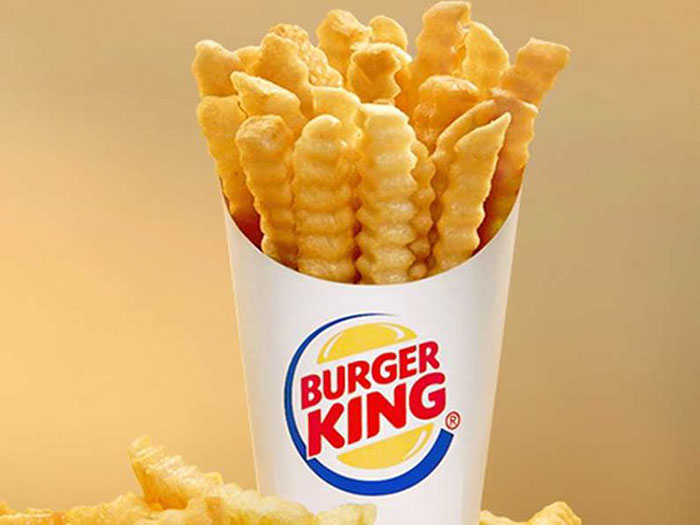 Burger King’s attempt to make french fries a little more healthy backfired.They introduced Satisfries in 2013 as an alternative to regular fried, except with less fat and fewer calories. Consumers weren’t fond of these revamped fries, and Burger Kind had to go back to their original recipe.
Burger King’s attempt to make french fries a little more healthy backfired.They introduced Satisfries in 2013 as an alternative to regular fried, except with less fat and fewer calories. Consumers weren’t fond of these revamped fries, and Burger Kind had to go back to their original recipe.
#40 Laserdisc, Philips 1978
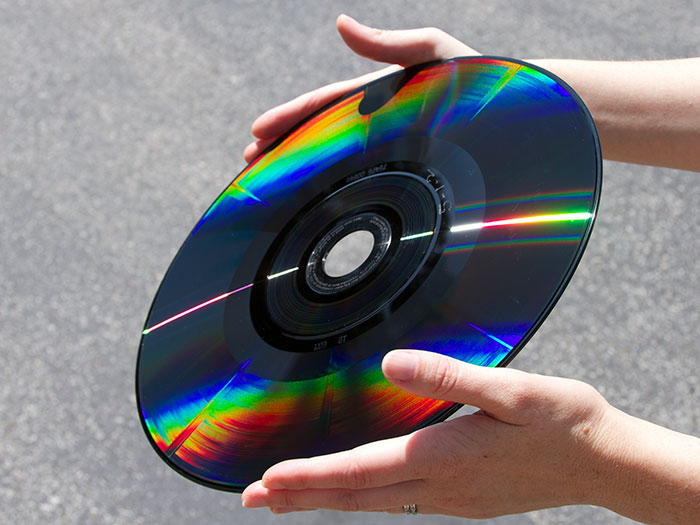 Despite being able to offer higher quality video and audio than its rivals, Laserdisc failed to gain traction Next post
Despite being able to offer higher quality video and audio than its rivals, Laserdisc failed to gain traction Next post